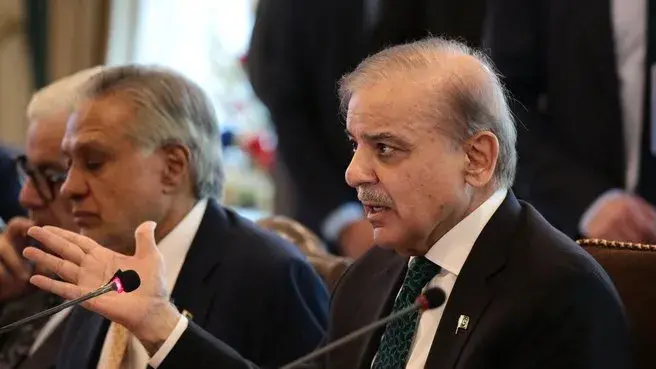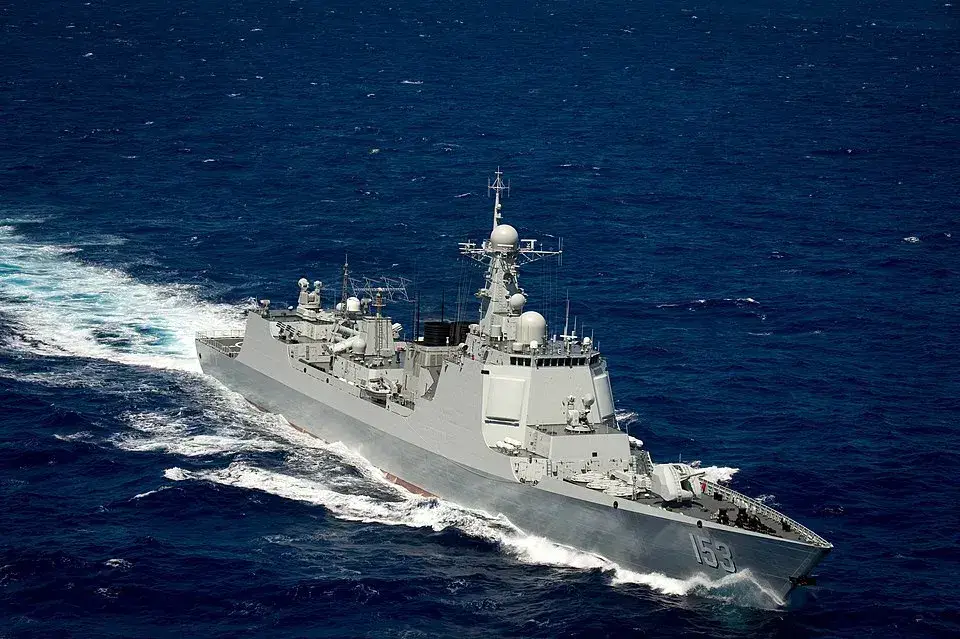The status of Iran’s nuclear program—including the unknown location of its near-bomb-grade uranium stockpile—will be the subject of an IAEA meeting next week in Vienna.

VIENNA — The Islamic Republic of Iran continues to ignore international calls to cooperate with the International Atomic Energy Agency (IAEA) and resume nuclear negotiations with the United States government, according to Western diplomats consulted by Bloomberg.
The standoff comes months after a series of airstrikes on Iranian nuclear facilities, attributed to Israel and the U.S., which have intensified uncertainty surrounding the country’s highly enriched uranium reserves and their current location.
Next week in Vienna, the IAEA Board of Governors will address the state of Iran’s nuclear program. Representatives from Western countries plan to draft new guidelines for the agency’s inspectors to determine the existence and precise location of Iran’s nuclear inventory, three senior officials, who requested anonymity due to the sensitive nature of the information, told Bloomberg.
The IAEA has stated it is prepared to immediately resume inspections on Iranian territory. However, Tehran maintains its refusal to receive inspectors, arguing that danger persists following the attacks five months ago, as detailed by a high-ranking Western diplomat. This source pointed out that Iran’s strategy might be an information blackout to deter new offensives, but warned that the lack of communication could also provoke a new bombardment if the U.S. or its allies decide to act.
IAEA Director General, Rafael Mariano Grossi, stated in September that Iran’s cooperation with agency inspectors is “crucial to reducing the threat of new military attacks.”
Disagreement exists among Western powers on the measures to take. Some promote increasing pressure on Iran by revoking its scientists’ access to the agency’s technical cooperation in fields like nuclear medicine. Other countries, however, warn that total isolation could be counterproductive and increase the risk of Iran abandoning the Nuclear Non-Proliferation Treaty (NPT).
Before the June attacks, Iran possessed enough highly enriched uranium to build approximately a dozen nuclear warheads in a short period. After the bombings, the IAEA lost the ability to track the material, a situation Mr. Grossi described as “a serious concern.”
Recent satellite images show Iranian activity at the damaged sites of Fordow, Natanz, and Isfahan. International inspectors are unsure if the operations are for cleanup work or the potential transfer of nuclear material.
The G7 group of industrialized nations this week demanded that Iran resume full cooperation with the IAEA and restart direct talks with the Trump administration, according to a statement picked up by Bloomberg. The state-run Mehr News Agency reported that a spokesperson for Iran’s Ministry of Foreign Affairs rejected the call, as it did not include a condemnation of the Israeli and U.S. attacks on Iranian nuclear facilities.
For his part, the secretary of Iran’s Security Council, Ali Larijani, stated in a communiqué that “no new message” has been sent to the United States, justifying the lack of communication on the absence of willingness to reach an agreement from the U.S. side.
According to an assessment from a second diplomat consulted by Bloomberg, even if Iran were to welcome back inspections and fully cooperate with the IAEA, it could take years to re-establish certainty about the fate of its nuclear stockpile. The containment vessels for nuclear material could have been destroyed, scattering several kilograms of uranium into the environment.
Keep Independent Journalism Alive
In a world flooded with noise, independent journalism is more vital than ever. We work hard to bring you clear, accurate, and unbiased international news — free from corporate or political influence.If you believe in the power of honest reporting, please consider making a donation. Every contribution, big or small, helps us stay independent and keep the world informed.
Support us via PayPalYour support makes a difference.


